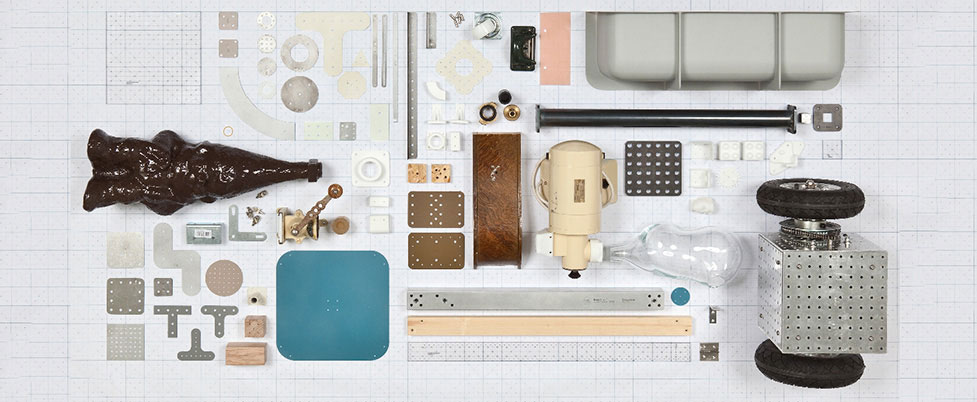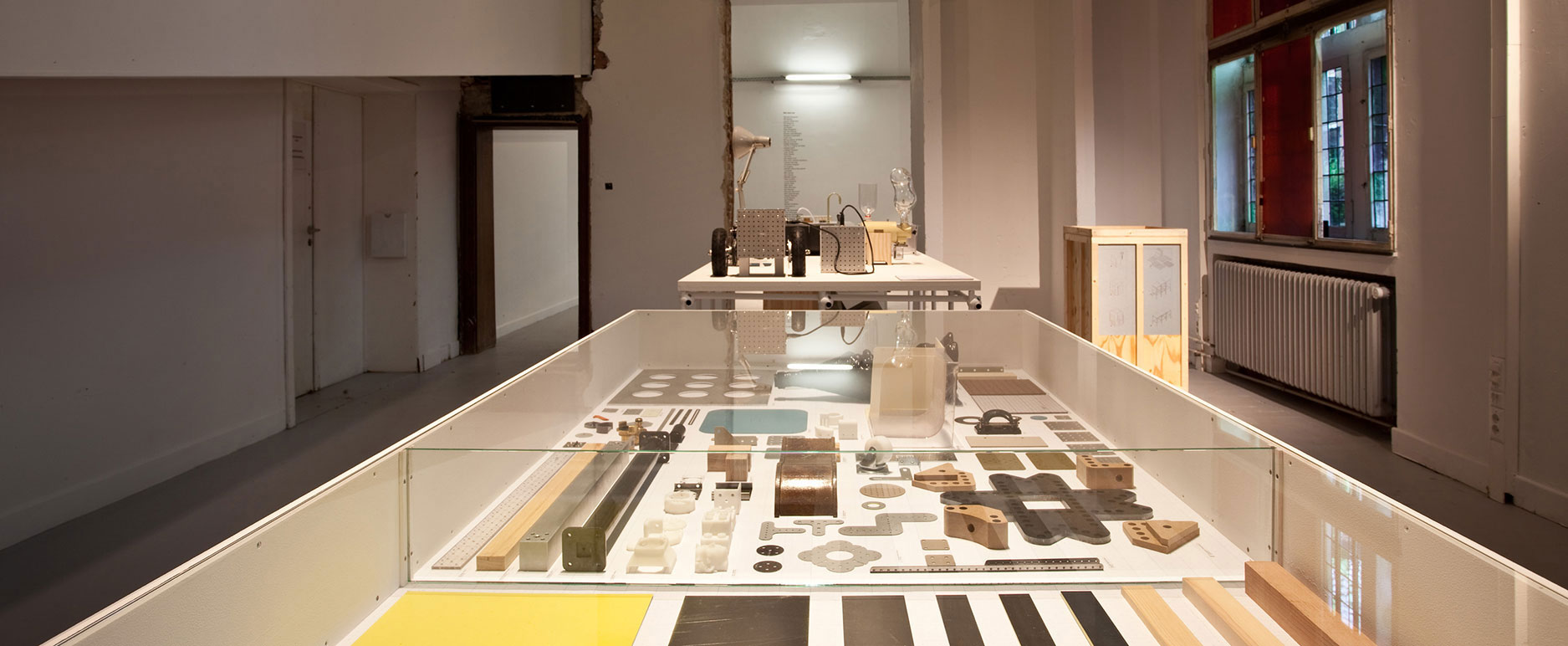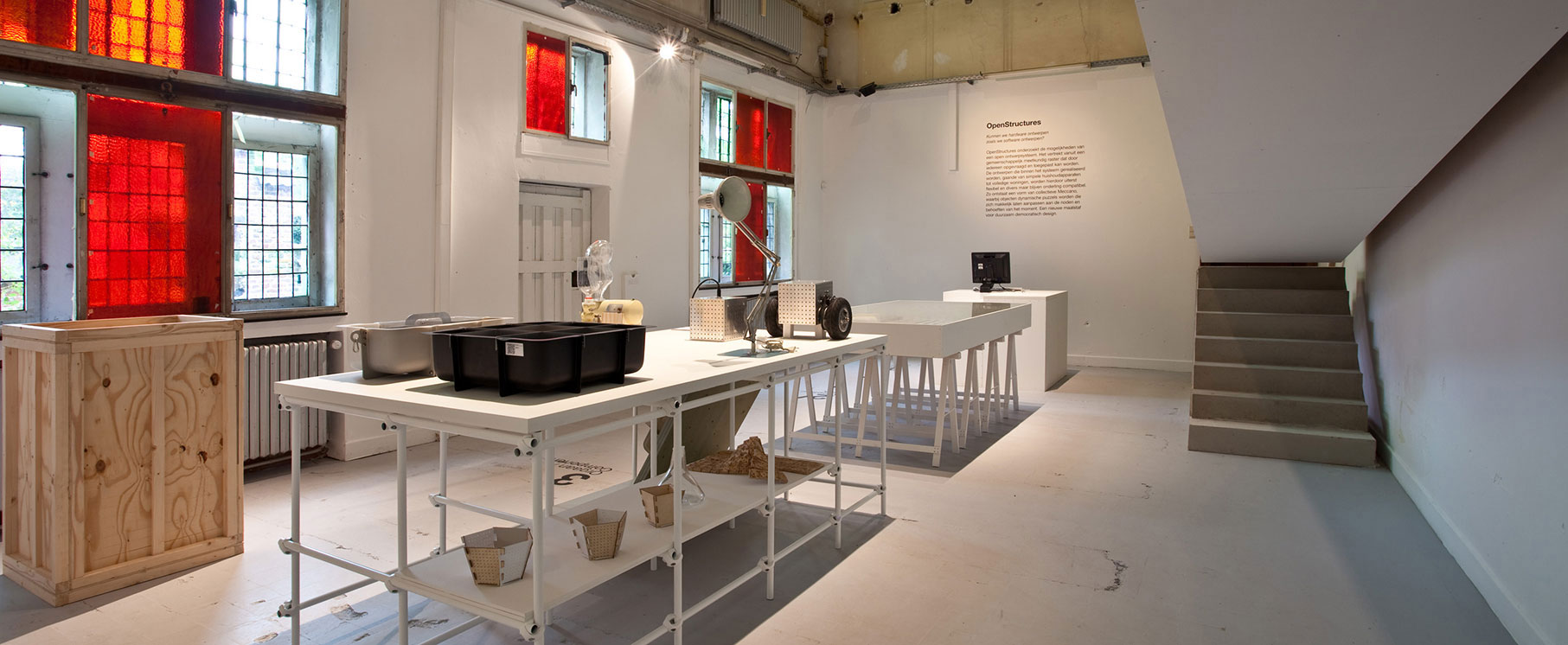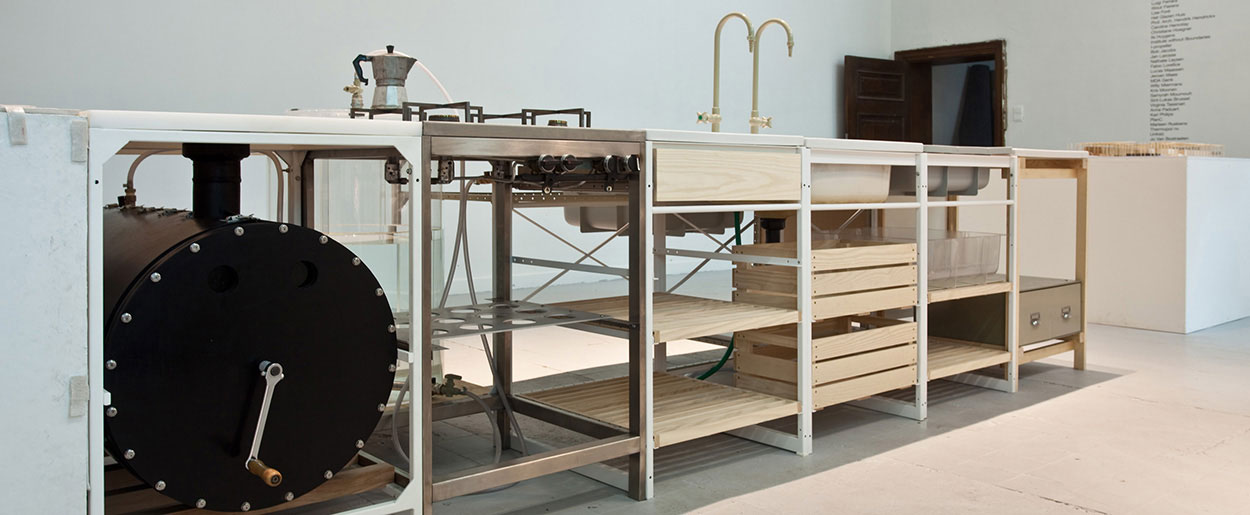OpenStructures (OS) by Thomas Lommée
Overview:
The OpenStructures project works to define a three dimensional open source code for our common hardware and built environment. From a central 4 x 4cm grid, OpenStructures enable users to create their own individual blocks and objects and to then trade them with others through an online component database.
The project was developed in 2006, by IwB student Thomas Lommée, as part of his independent project during World House Year 1. Lommée’s initial concept has grown into an international collaborative effort called Intrastructures, a design studio that generates models, tools and products for social and environmental restoration.
__
How can we improve the dimensional restrictions that define modular systems, in order to stimulate circular production and consumption?
Project Goals:
“The purpose of this experiment is to investigate what the opportunities and limitations of an open modular system are and under which conditions it will prove to be most efficient and favorable” (From OpenStructures.net)
Lommée’s goal for the OpenStructures project was to initiate a collective LEGO-like structure that could be utilized by any user, from the biggest manufacturer to a remote craftsman. This common modular guide would enable users to design and add to the system.
The second component of the project was to develop a ‘components database’ that enables users to upload, review components and trade, while discussing the results in a shared space with others.
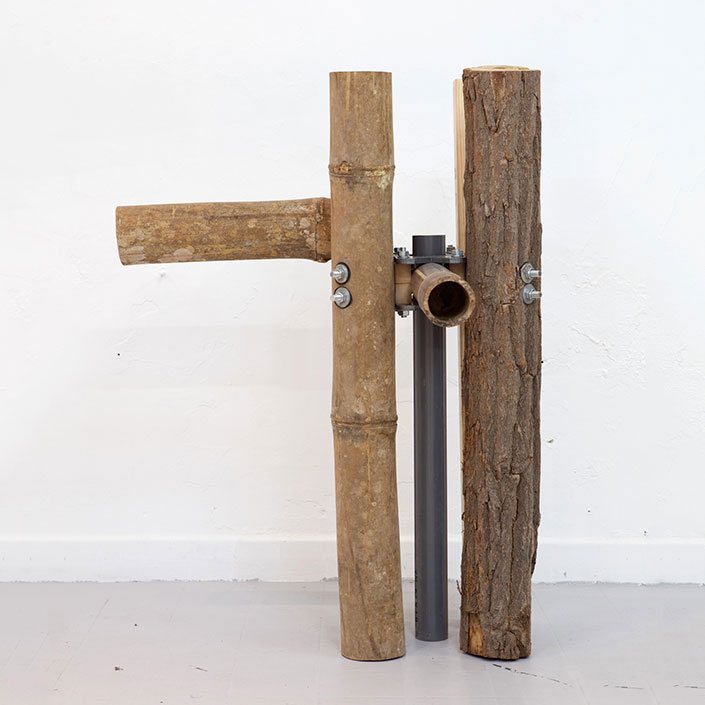
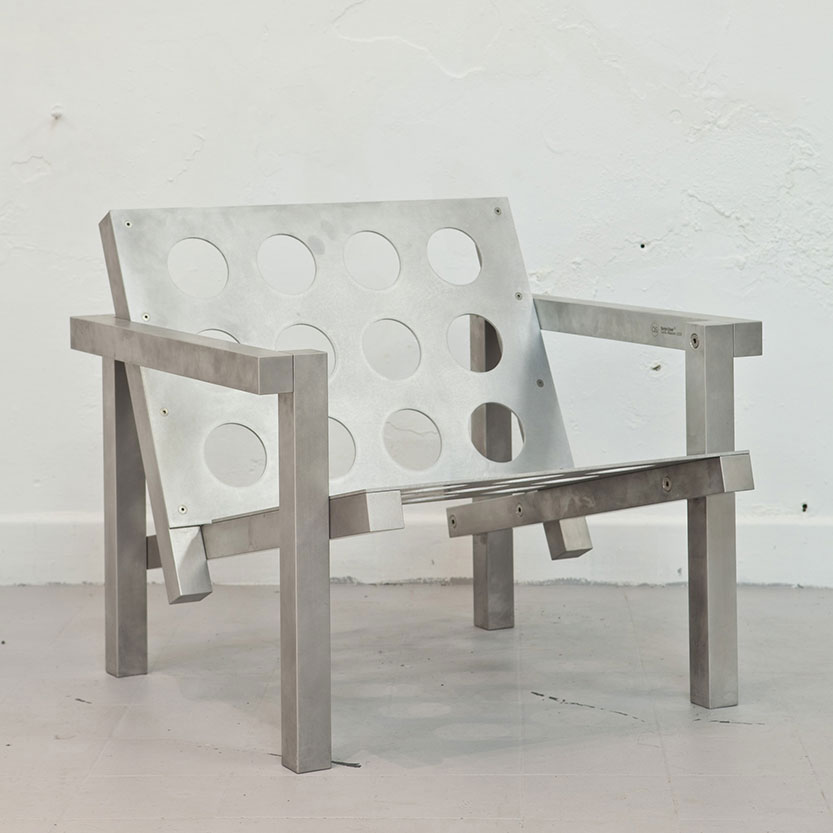
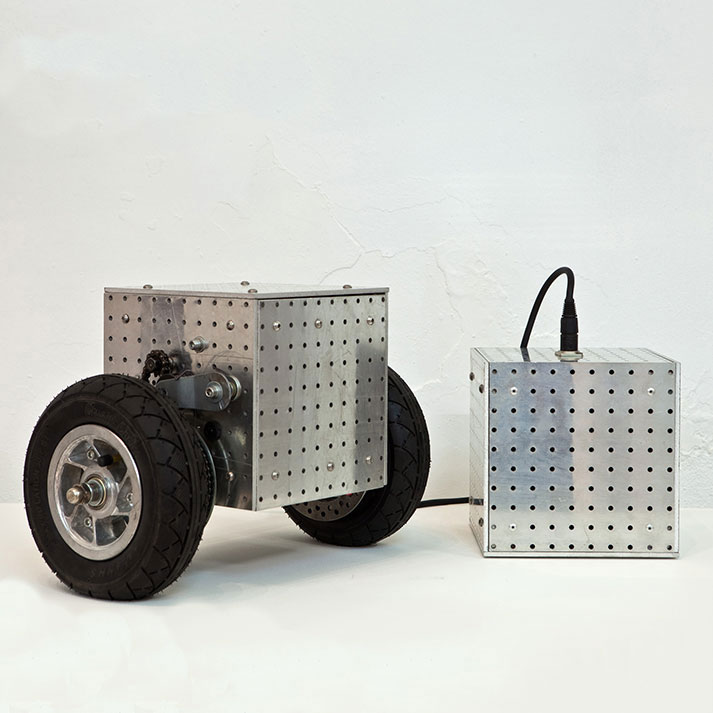
OpenStructures:
OpenStructures grew out of the work conducted by IwB student Thomas Lommée. For the World House project year 01, Lommée and his classmates were researching housing typologies that focused on responsive systems and modular infrastructure of homes (see for instance, Blume House). Within this context, the IwB students began doing research for their independent projects. For Lommée, this was a chance to look at the concept of modularity.
The idea of open modular systems is not new and is omnipresent in the contemporary world because modularity can enhance efficiency and therefore profit. Examples can be seen in logistical infrastructure like palettes and container ships, kitchen appliances, electrical plug designs, etc. Modularity is also most obviously a natural phenomenon; natures systems are relational and sized accordingly.
Lommée was looking at modular design products on the market. He noticed that most products are design as whole system for users, meaning that all the components of a product, its blocks from A to Z are brought to the market at once as a complete set. This means that in most product design there is a clear distinction between producer and end user and that distribution of the system is protected and closed to adjustments.
Similarly, architectural precedent shows attempts to create modular structures to streamline efficiency and enhance structural flexibility. However, the tendency in architectural modular building has also been the accumulation of closed, incompatible modular systems that often generate impersonal uniform structures and stockpile inflexible modular pieces after deconstruction.
Lommée began to be most inspired by user and information clustering on blogs and wikis, where information architecture was continuously improved on and developed by users. Working with the notion that future design could become a web-like ‘culture of exchange,’
Lommée wanted to create an internet-like grid that could be adaptable and universal. This meant thinking about hardware and infrastructure as a kind of physical ‘html’, a type of three-dimensional open source code for our built environment.
Lommée proposed an a lego-like system that could be repurposed by users called OpenStructures. He based the system on a shared geometrical grid of 4 x 4 cm. By keeping relational dimensions to the grid, people could design parts that belong to the same system.
In OpenStructures new components can replace old ones, old components can be traded, sold and reused. Further, when reuse is no longer an option, component can be deconstructed into single pieces to serve as resource materials for new components.
For, Lommée OpenStructures meant that you no longer have to design the perfect object. Instead, you can propose a system to people and ask them how they would improve it, imagine it, make it better. This means that the object doesn’t necessarily have to be judged for what it is at a given ‘finitude’ point, but rather evaluate on what the object could become.
Project Outcome:
Prototyped Products
Lommée planned to prototype OpenStructures with different users. Towards this goal, he placed an open call to designers around the world to use the grid to design their own products.
Designs from international users poured in showing a diversity of objects and concepts that could be created including various hardware prototypes. The only condition was that designs had to fit into the grid framework, but they could also make recommendations to improve it. Some of the designs created included:
“Construction Knot” (2009) a multi use hardware piece by Brussels Cooperation 2009. The knot could be used to connect various kinds of materials. In the prototype the design team shows how simple wood pieces can be connected to form a support structure.
“Mod-bike” by Jo van Bostraeten (2009) is an extendable and adjustable bike that could be used for moving objects. The bike extends and can be reworked to fit the size and needs of the cyclist and to attach extra storage containers.
“Open Modular Kitchen” by Thomas Lommée, Christiane Hoegner, Jo van Bostraeten, Michou-Nanon de Bruijn, Biogas E, Unflod, and Lucas Maassen incorporates several designs that use the grid into a modular kitchen that can be adjusted to fit the needs of the user. The grid enables easy deconstruction and reconstruction and simplifies hardware and piping.
The designs that were submitted also made clear to Lommée that he needed to adjust the grid. One design worked from the grid, but also abandoned the square and used the dimensions of the square to form an inner circle from which to work. Based on this design submission, Lommée decided to add the circle to the main grid.
Belgian Exhibit & Intrastructures
In September 2009, Lommée organized an exhibition showcasing the OpenStructures concept and the prototypes. The exhibition took place at the Z33 gallery in Hasselt, Belgium.
Lommée showcased the products designed for the open call and performed several demonstrations showing the composition of the grid and the assembly and disassembly possibilities of OpenStructures.
See the OpenStructures exhibition page for more info.
Online Database
Lommée made OpenStructures.net, an open source parts database. Users can upload and add to the database but also edit, rate and trade modular parts. Blueprints are available for download and it is possible to contact the designer and start a collaboration.
The site also includes a “How-to Manual” that provides common design guidelines (rules of thumb) for making compatible parts, components and structures and ensuring the design is suitable for disassembly. Rulers, samples of components and the grid are all available for download.
The online databases facilitates open exchange and allows the parent structures to adapt, expand or shrink according to need, but also stimulate continuous upgrades overtime. OpenStructures.net is ongoing, designs have been added continuously since 2009.
Through the database, customers become designers, pro-active participants in the creative process, embedding their opinions, concerns and identities in the final product by tagging, hyper-linking and rating what they consume.
Lessons
Lommée’s research focused on the feasibility of an open and modular construction model as the principal feature of sustainable building practices. He envisioned OpenStructures as a physical database of parts, where people can come and puzzle and make new parts in relation to the grid. For Lommée, this meant the emergence of the “same object DNA” and the emergence of “a bigger puzzle.”
Lommée stresses user-led design and the exchange of ideas, skills and components, as well as compatibility and flexibility. OpenStructures opens up and synchronizes a universal standard that allows people to interchange a range of modular pieces and reproduce patchwork structures rather than rigid, monolith blocs.
The project emphasizes design that from the start considers reconstruction and infinite life cycles. The system makes possible a shift from massive linear production lines towards small networks of interdependent product life cycles and users.
In a world where resources and energy are used in wasteful ways that degrade the environment and cause economic and social inequalities, a system that proposes decentralization and an endless possibility of reuse, without costly fabrication processes, is extremely relevant.
Lommée work has been recognized internationally. He’s delivered talks about OpenStructures since its inception and continues running the project from Belgium.
See for instance:
Thomas Lommée at TEDxEutropolis
Dezeen article of the OpenStructures Exhibition at Z33, in Hasselt
Project Credits:
Thomass Lommée
Jo van Bostraeten
Christiane Hoegner
Michou-Nanon de Bruijn
Lucas Maassen
Brussels Cooperation
Biogas-E
Unfold
Text Credits:
Page content is derived from documents produced by Thomas Lommée at the IwB and as part of OpenStructures and Intrastructures.
Project Links:
openstructures.net
intrastructures.net
Photo, Design & Print Credits:
Thomas Lommée
Kristof Vrancken
Jo van Bostraeten
Christiane Hoegner
Michou-Nanon de Bruijn
Lucas Maassen
Brussels Cooperation
Biogas-E
Unfold
Project Tags:
OpenStructures, Intrastructures, Thomas Lomme, modular, exhibition, open source, built environment
“If we want to communicate we need to use the same vocabulary. If we want to exchange digital files, we need to work from the same formats. If we want to co-create our environment, we need to build with the same bricks.”
– Thommas Lommee, Designer & Initiator of the OpenStructures project & IwB Alumnus
